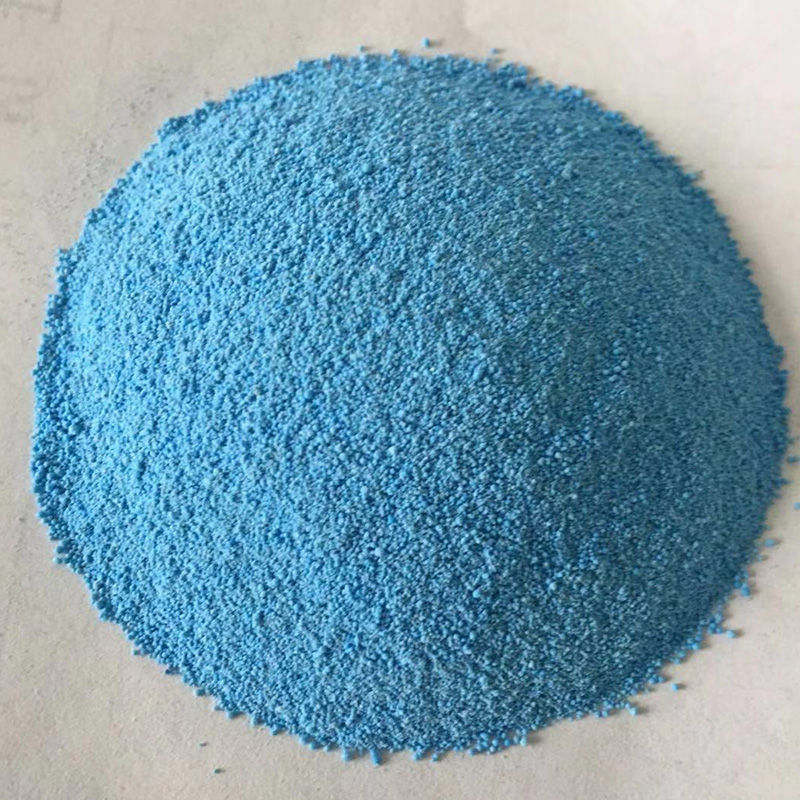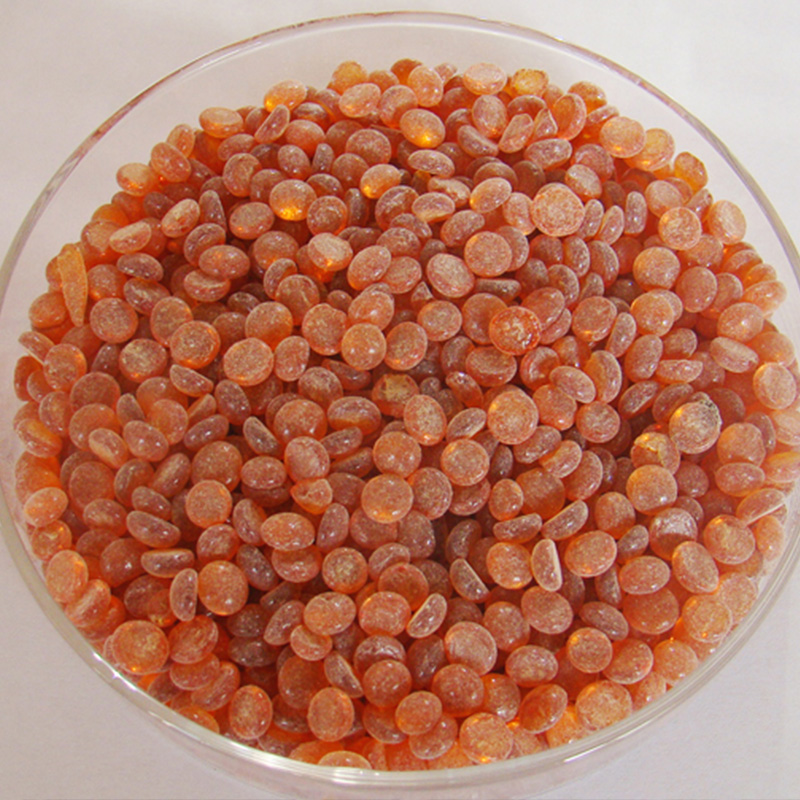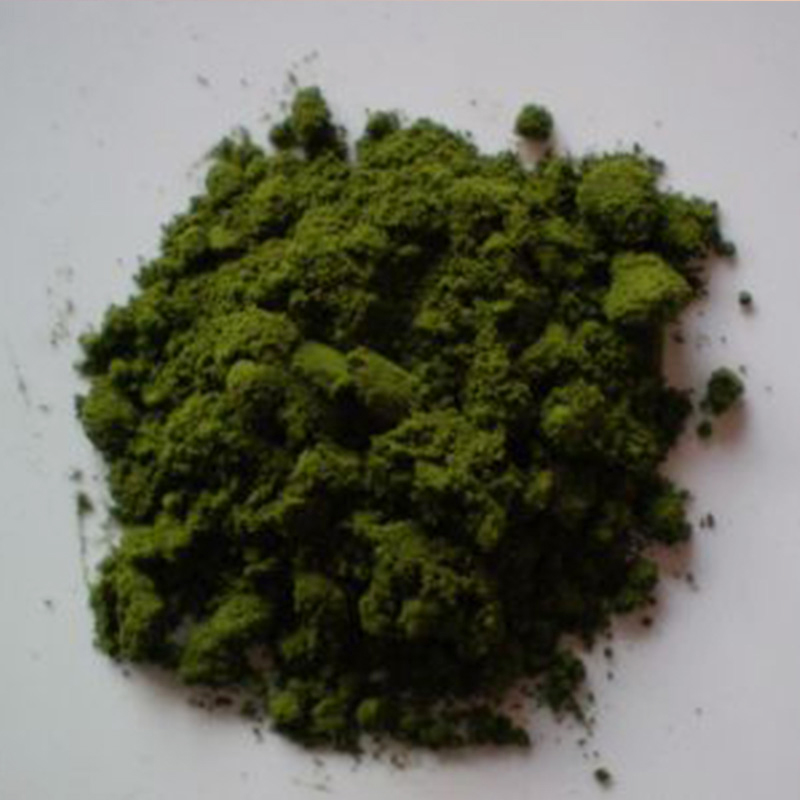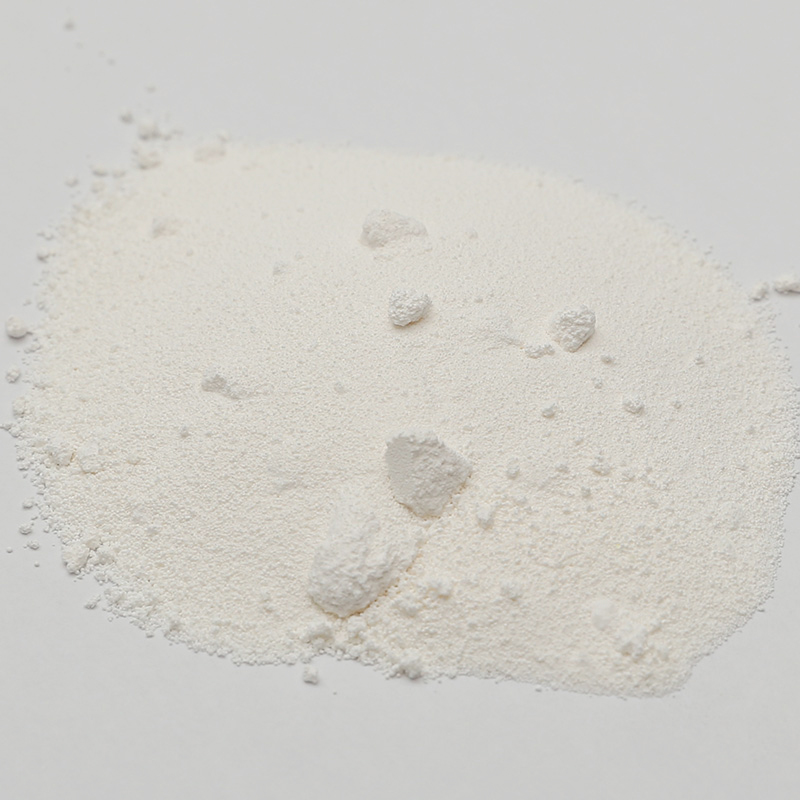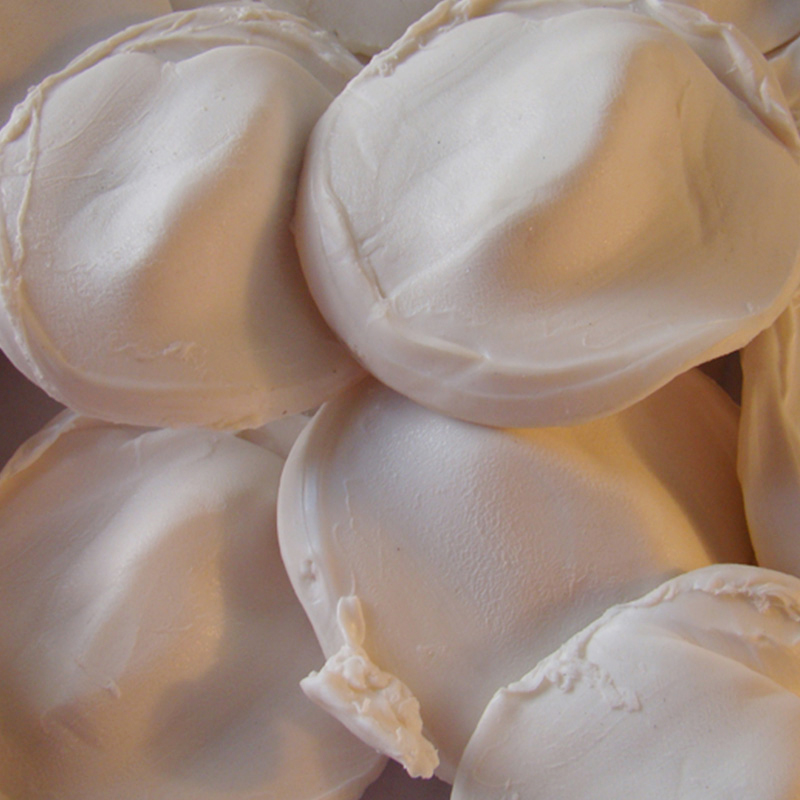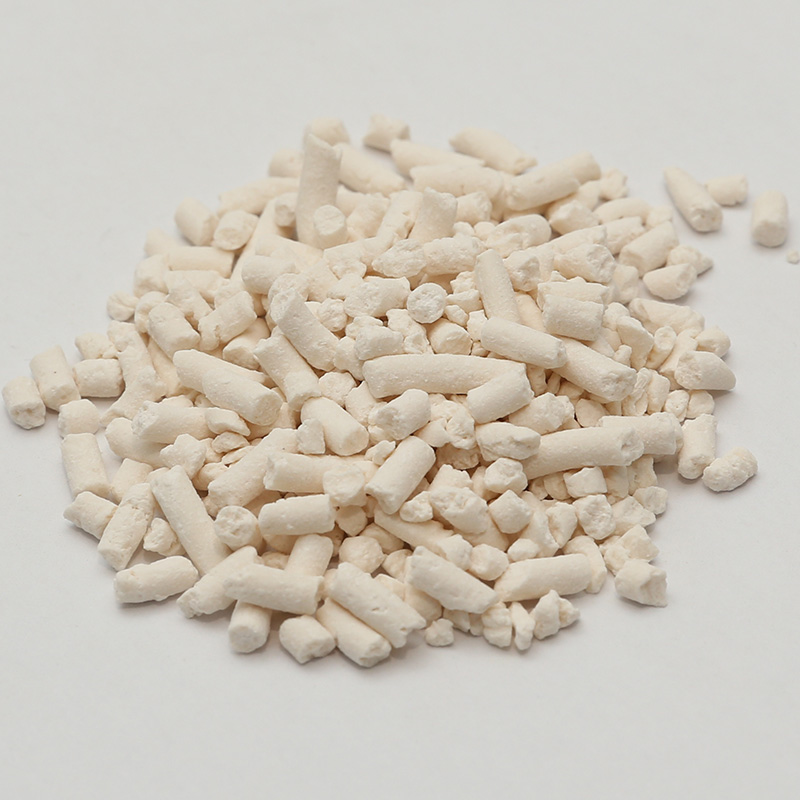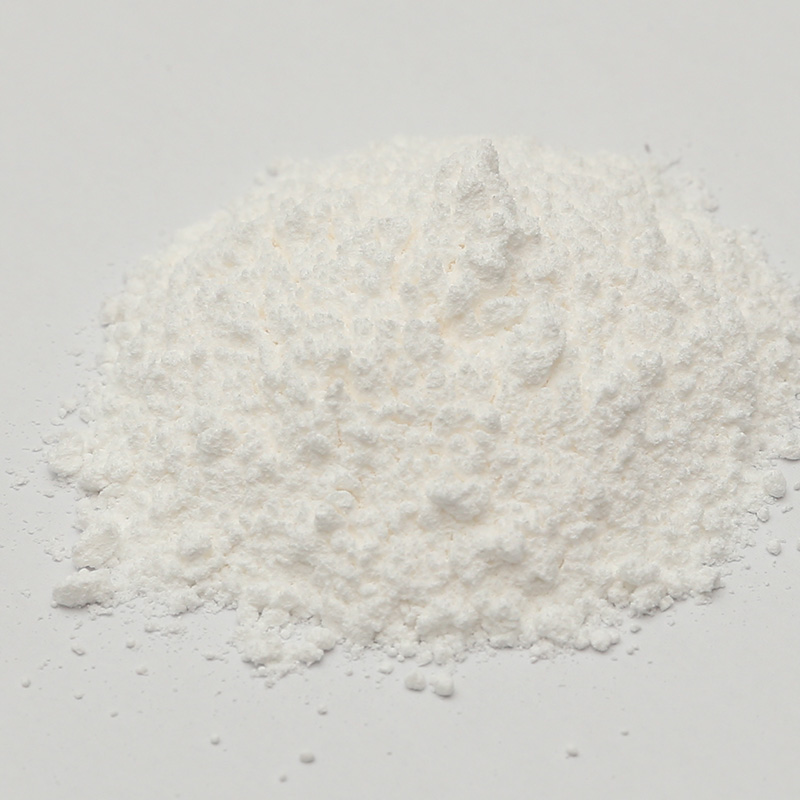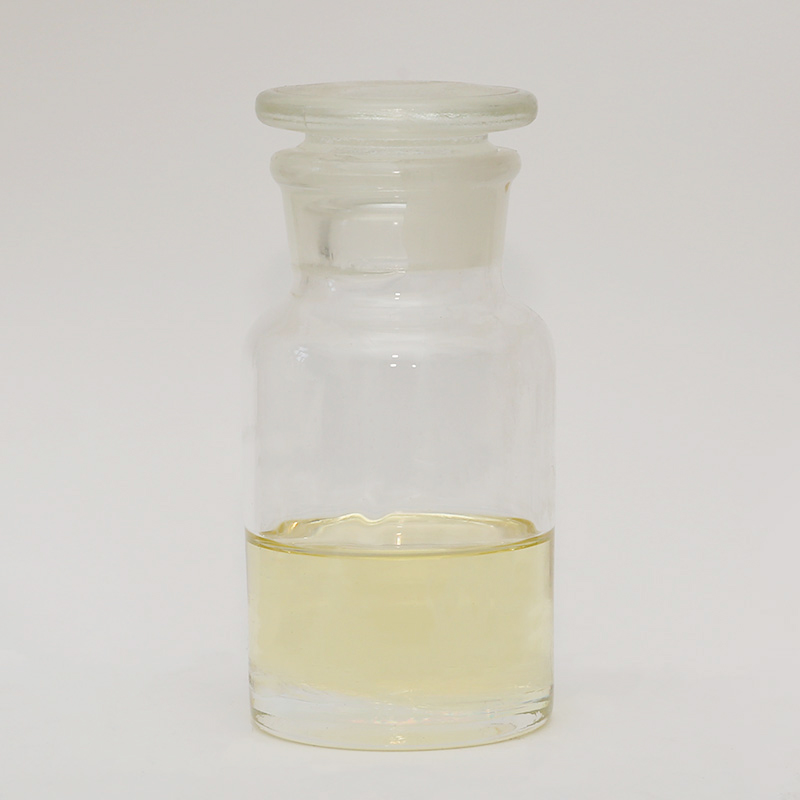Melamine resin is a synthetic material widely recognized for its durability and versatility. Used in various industries, it has become a popular option for manufacturing household goods, furniture, and construction materials. By understanding the chemical structure of melamine resin and its practical advantages, users can better appreciate its value in everyday products.
At its core, melamine resin is created by combining melamine, an organic base, with formaldehyde through a polymerization process. This reaction results in a thermosetting plastic, which means that once the material is molded and set, it maintains its shape even under heat and pressure. The chemical bonds within resin are strong and stable, giving it a rigid, cross-linked structure. This structure is what contributes to its notable resistance to heat, moisture, and chemicals.
One of the primary benefits of melamine resin is its ability to withstand high temperatures without deforming. This property makes it suitable for applications such as kitchenware, countertops, and wall panels. Many households use dinnerware made from it because it retains its appearance and shape even after frequent exposure to warm or hot substances. Its resistance to moisture also means that it does not easily swell or warp in humid conditions, making it ideal for furniture and cabinetry.
In addition to heat and moisture resistance, melamine resin is valued for its smooth surface finish. This characteristic allows manufacturers to create products with a clean, polished appearance. The smoothness of it surfaces also makes them easier to clean and maintain. Stains and spills can typically be wiped away without affecting the material’s integrity, which contributes to its widespread use in kitchens, bathrooms, and office environments.
Melamine resin also plays an important role in the production of laminates. These laminates are used as surface coverings for wood-based panels, providing an attractive and protective layer. Because of its hardness and scratch resistance, laminates help preserve the look and condition of furniture, cabinets, and flooring. The laminates made with them are available in various colors and patterns, allowing for design flexibility while maintaining durability.
Another significant benefit of melamine resin is its contribution to fire-retardant materials. The nitrogen content within it enables it to release non-flammable gases when exposed to flames. This feature helps slow the spread of fire, which is why it is often incorporated into building materials and insulation products. Its role in enhancing fire safety is a key reason it continues to be used in construction and public infrastructure projects.
From an industrial perspective, melamine resin is appreciated for its cost-efficiency and ease of production. It can be manufactured in large quantities and shaped into various forms, supporting its use in multiple sectors. Industries producing adhesives, coatings, and molding compounds frequently rely on it for its reliable performance. Its chemical stability ensures that products made with it maintain their properties over time.
The environmental considerations of using melamine resin have also drawn attention. Although it is a synthetic material, efforts have been made to improve its production process and recycling methods. Some manufacturers have developed ways to reuse their scraps in new applications, reducing material waste. Additionally, its long-lasting nature means products made from melamine resin require less frequent replacement, contributing to resource conservation.
Overall, the combination of chemical stability, thermal resistance, moisture protection, and surface durability makes melamine resin a valuable material in today’s market. Its use in both household and industrial products highlights its adaptability and consistent performance. As technology advances, further innovations involving melamine resin are likely to emerge, expanding its applications and benefits.
In summary, exploring the chemical structure and advantages of melamine resin reveals why it remains a staple material across industries. From kitchen items to building materials, it offers reliable solutions for a range of needs. Its blend of strength, heat resistance, and visual appeal ensures that it will continue to play a significant role in manufacturing and product design for years to come.



 English
English Português
Português Español
Español русский
русский 中文简体
中文简体